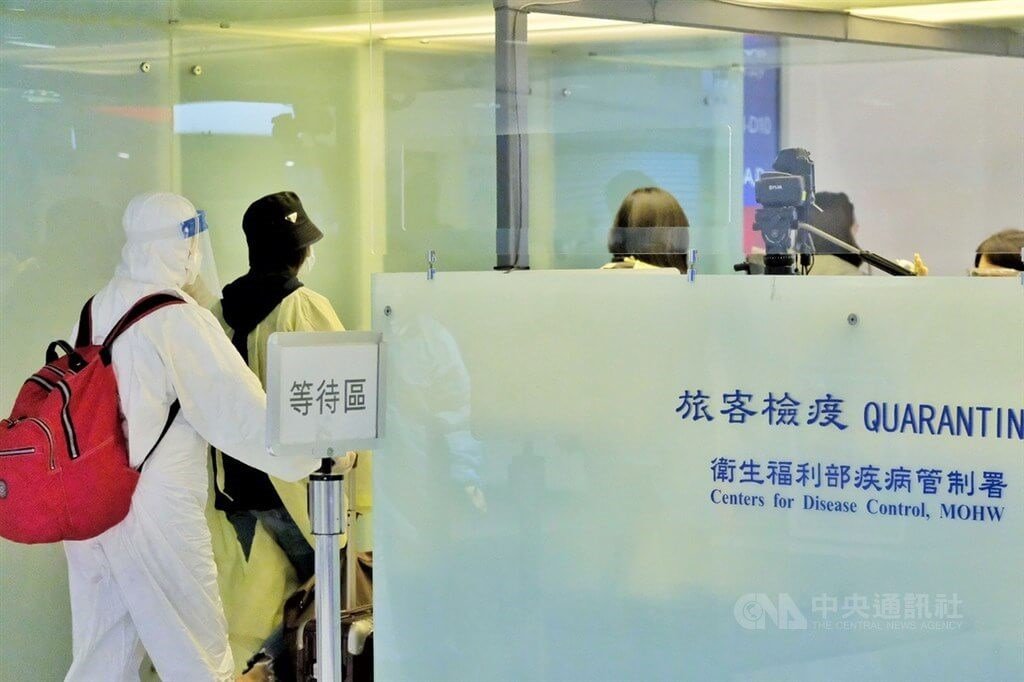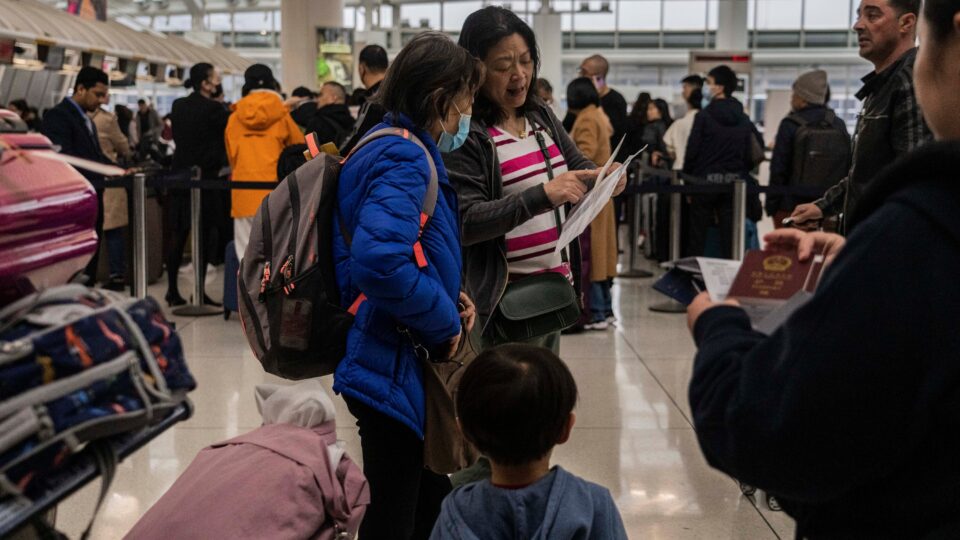It might act as the starting point for a global recovery.
At the end of the month, China will no longer require PCR tests for travelers coming from abroad, the country has said. From April 29th, all that will be required of passengers is a negative quick antigen test result.
the end PCR testing in China

Even though China announced the removal of COVID-related restrictions in January, visitors still had to show proof of a negative PCR test before entering the country. This will no longer be the case beginning on April 29; nevertheless, travelers will still need to present a COVID antigen test result obtained within 48 hours of departure, as stated by Foreign Ministry spokeswoman Mao Ning on Tuesday during a news briefing in Beijing.Bloomberg quoted Mao as saying,
To maintain the secure, healthy, and organized personnel interchange between China and other nations, we will keep improving prevention and control policies in a science-based manner in light of the evolving pandemic scenario.

Airlines will also not be compelled to review documentation of antigen test results, according to Mao. China had earlier this year suspended the PCR requirement for certain countries, including New Zealand and Malaysia, but left it in place for others. of response to an increase of COVID cases in China around the end of 2022, a number of nations, including the US, instituted mandatory testing of Chinese immigrants. This prompted Chinese authorities to maintain their own testing program. The Chinese authorities ultimately appear to have chosen to reciprocate, as this was lifted by early March as China cases faded.
before the holidays
Starting on April 29th, the day before the first of five consecutive public holidays, the new rule will take effect. Despite the fact that domestic travel will predominate at this time, data shows that international travel bookings have increased by more than 12 times since last year, with overseas tour groups increasing by 137% since the beginning of April.
international restoration
China was among the last nations in the world to remove most of its COVID-related limitations on incoming travelers, so its current level of international capacity is still far below that of its pre-COVID levels. International capacity is currently less than 30% of pre-pandemic levels, according to recent data from the Civil Aviation Administration of China (CAAC), despite the domestic market faring far better.Beijing Capital International Airport (PEK) and Shanghai Pudong Airport (PVG), two of the busiest airports in the world, have seen the biggest drops in long-haul seats this month compared to last year, highlighting how far behind the world economy the country is.
Today’s revelation, however, will surely be useful in removing an expensive and frequently annoying barrier to foreign travel. Other challenges still exist, such as restricted airplane capacity and visa backlogs. China will need around a year to regain its pre-pandemic capacity, according to Subhas Menon, director general of the Association of Asia-Pacific Airlines, in February.




